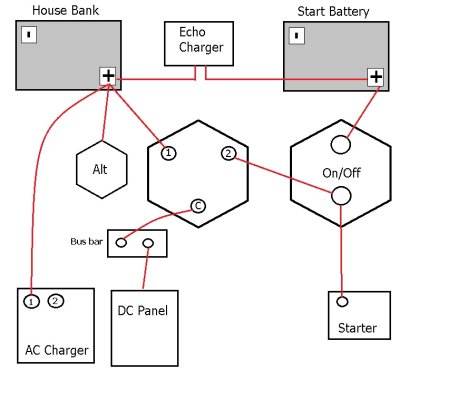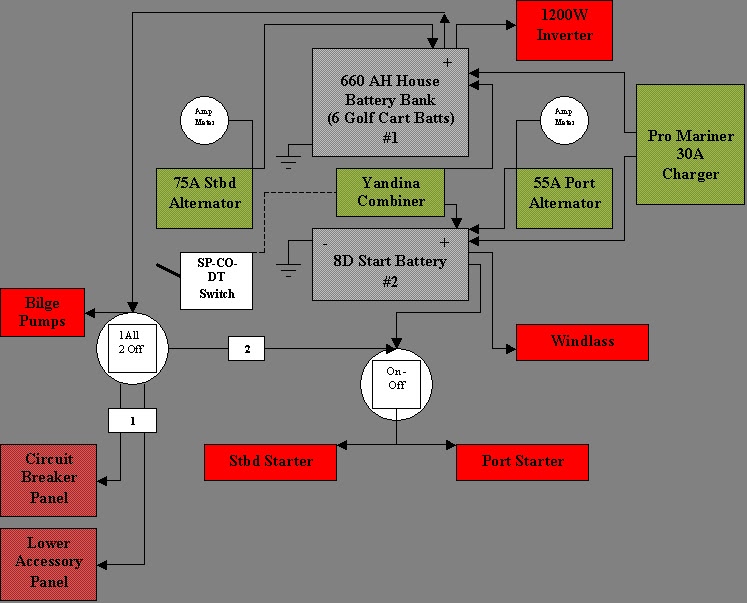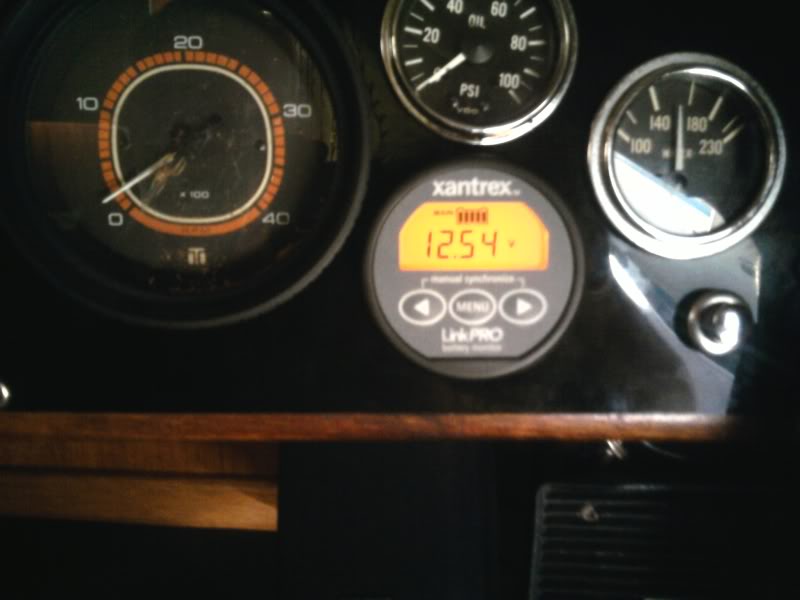prairieoyster
Member
how many keep a 2 seperate banks of batteries? 1 for house and 1 for starting an engine?
Do you have a different charging source for each set of batteries?
ie: automotive style alternator for starting battery and a "smart alternator/ Voltage control regulator" for the deep cycle ones?
I have been reading Nigel Calder's textbook, and I wonder how much of his theory is actually in practice?
Do you have a different charging source for each set of batteries?
ie: automotive style alternator for starting battery and a "smart alternator/ Voltage control regulator" for the deep cycle ones?
I have been reading Nigel Calder's textbook, and I wonder how much of his theory is actually in practice?



